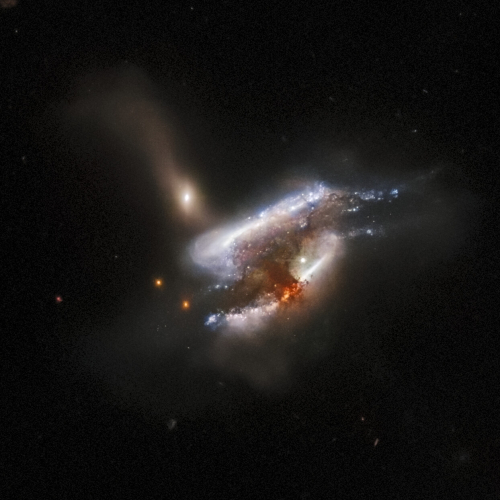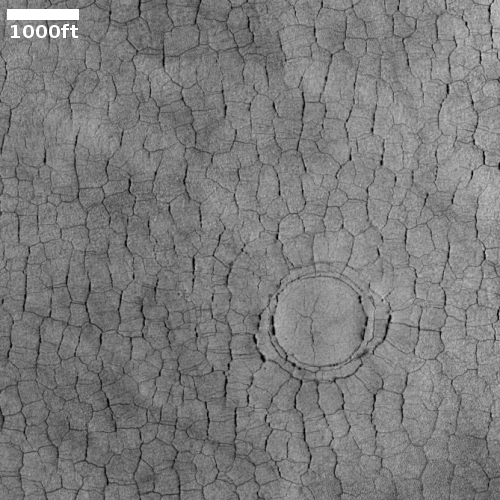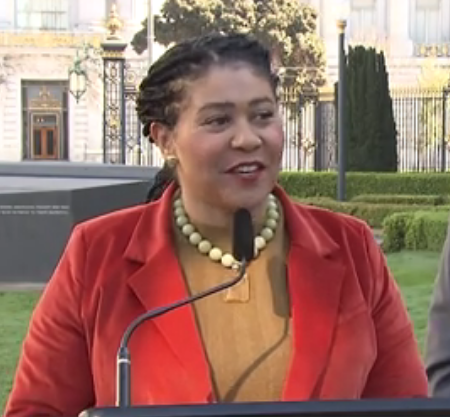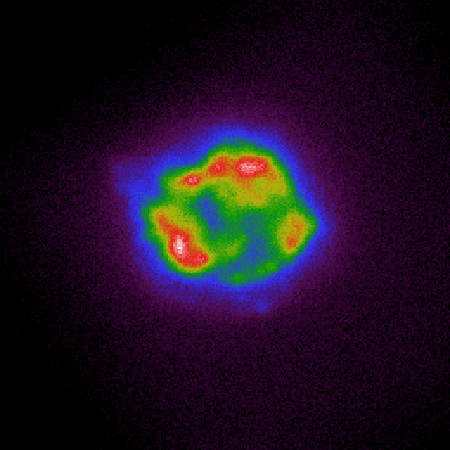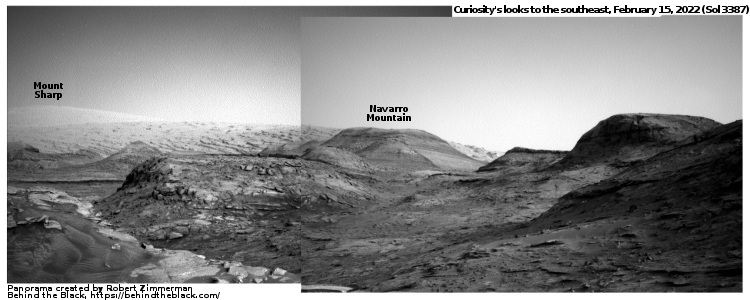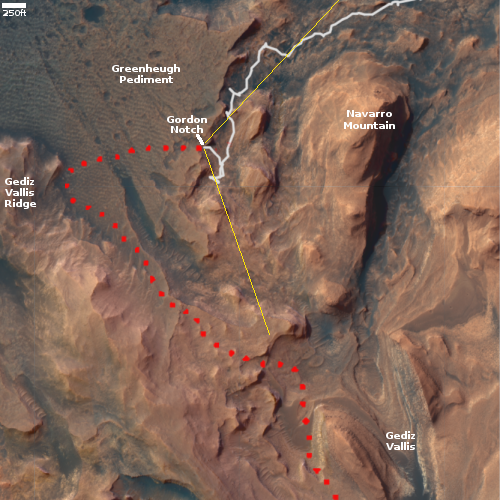FAA administrator Steve Dickson yesterday announced that he will officially resign from the agency on March 31, 2022.
Dickson was appointed by President Trump in 2019 to a five year term, so his resignation now cuts his term short by two years.
Dickson gave as his reason for resigning a desire to spend more time with his family, the go-to explanation for every Washington official’s resignation. While this may be true, I can’t help wondering if friction and pressure from the Biden administration contributed to his decision.
For example, though Dickson’s record with private enterprise has been mixed, his record in connection with commercial space was mostly good, working to help the new launch industry prosper by keeping out its way as much as possible. This record was especially obvious with SpaceX’s operations in Boca Chica, where there was little regulatory effort to slow that work until Biden became president, and even then relatively little. It could be the Biden administration was unhappy with this approach, and was trying to force Dickson to regulate SpaceX more.
A new administrator, appointed by Biden, will certainly be less friendly. Based on most Biden appointees in the past year, the administration will likely want to put someone in place who is hostile to capitalism, favors a communist agenda, and wants to impose strong government control. Thus, this resignation almost certainly puts another nail in the coffin of SpaceX’s desire to launch Starship test flights from Boca Chica.
Then again, that new administrator would have to be approved by the Senate, and right now, based on the Senate’s 50-50 split between Democrats and Republicans, it will be difficult for the Biden administration to get a radical leftist approved. This difficulty will be further magnified by Biden’s horrible poll numbers as well as similar polls suggesting a bloodbath for Democrats in the mid-term November elections. For them to force through an extremist in this position now will not help those poll numbers.
I therefore predict the nominee put forth by Biden will likely mouth empty support for private enterprise during the confirmation hearings. If the Senate Republicans are fooled by this disingenuousness (something that has happened frequently), when confirmed that person will immediately act to impose the government’s will on most commercial operations, especially those by SpaceX.


